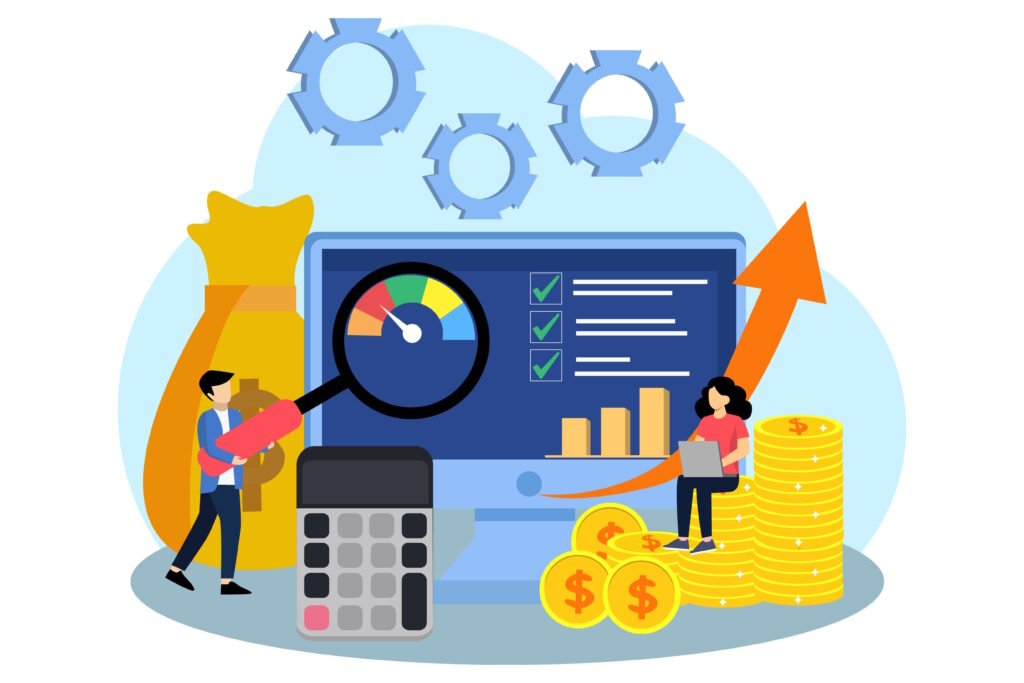The shared scooter industry has transformed how people move through cities. Operators in this space face constant challenges when it comes to balancing availability, affordability, and profitability. One of the most effective strategies for meeting these challenges is dynamic pricing. By using dynamic pricing software, fleet operators can adapt rental costs to match real-world demand and operating conditions in real time.
Dynamic pricing is not just a trend in mobility. It is a data-driven approach that can help scooter operators make smarter decisions, keep vehicles in high use, and improve the bottom line. Understanding how this technology works and how to implement it effectively can be the difference between running a fleet that thrives and one that struggles to keep up with competitors.
Why dynamic pricing matters for scooter fleets
Shared scooter fleets operate in highly variable environments. Demand can spike during rush hour, drop off in poor weather, or change drastically depending on events or tourism activity. Static pricing models often fail to capture the full revenue potential of these fluctuations.
Dynamic pricing software allows operators to set flexible rates that change according to pre-defined conditions. This could mean charging a slightly higher rate during peak commuting hours, or offering lower prices in the early afternoon when scooters might otherwise sit unused. By tailoring prices to match demand, operators can encourage higher utilization while also protecting margins.
In addition to revenue optimization, dynamic pricing can influence rider behavior. For example, if certain neighborhoods have an oversupply of scooters, lowering the price there can encourage riders to pick them up. Conversely, raising prices in high-demand areas can help manage availability so scooters are not depleted too quickly.
How dynamic pricing software works in mobility services
Dynamic pricing software for scooter fleets integrates real-time data from various sources. This includes ride history, location tracking, time-of-day trends, weather forecasts, and even competitor pricing data. Algorithms analyze this information and adjust rates automatically according to rules set by the operator.
The sophistication of the system depends on the software provider. Some platforms offer basic rule-based pricing, while others use machine learning models that continuously refine their recommendations based on new patterns. The best systems also integrate with payment and booking platforms, ensuring that riders see updated prices instantly before they unlock a scooter.
An often-overlooked advantage of these systems is transparency. Clear communication about why prices change helps build rider trust. Many successful operators display brief messages in their apps explaining that higher or lower prices reflect real-time demand, much like ride-hailing services do.
The role of price monitoring in competitive markets
While dynamic pricing focuses on adjusting rates based on internal and environmental factors, price monitoring software adds another critical layer to the strategy. This technology enables scooter operators to track competitor pricing in real time.
In dense urban markets, several scooter companies often operate side by side. If a competitor reduces prices for a weekend promotion, an operator without visibility into that change risks losing riders. Price monitoring software provides alerts when competitor rates shift, allowing operators to respond quickly.
Combining dynamic pricing with competitor monitoring creates a powerful pricing strategy. Operators can use competitor data to feed into their dynamic pricing rules, ensuring their rates remain attractive without undercutting profitability. This is particularly important in markets where customers can choose between multiple scooter rental apps in seconds.
Benefits beyond revenue
Although maximizing revenue is the most obvious goal, dynamic pricing software offers additional benefits that can improve long-term fleet performance.
First, it helps optimize fleet distribution. If scooters are unevenly spread across a city, pricing adjustments can influence where riders pick up and drop off vehicles. This reduces the need for costly manual rebalancing, where staff must physically move scooters to high-demand areas.
Second, dynamic pricing can extend the lifespan of scooters. By discouraging overuse during peak stress periods, operators can reduce wear and tear. For example, temporarily raising prices during a major event may slow down usage enough to prevent damage from excessive strain on the fleet.
Finally, this approach improves customer access. Lower rates in low-demand times make scooters more affordable for budget-conscious riders, potentially expanding the user base. Over time, this can increase brand loyalty and generate repeat trips.
Key considerations when implementing dynamic pricing
Adopting dynamic pricing software requires more than just installing new technology. Operators should begin by defining clear objectives. Is the priority to increase revenue, balance fleet distribution, respond to competitor pricing, or all of these? Having measurable goals helps shape the rules and algorithms that will guide pricing changes.
Data quality is also essential. Poor or incomplete data leads to inaccurate pricing decisions. This means investing in reliable tracking systems for scooter location, usage, and performance, as well as integrating weather and event data feeds.
Another important consideration is customer perception. Sudden or steep price changes can lead to frustration if they are not clearly explained. Operators should decide in advance how they will communicate price adjustments to riders in a transparent, user-friendly way.
Testing is an important step before full rollout. Many operators start with limited trials in specific neighborhoods or times of day. This allows them to monitor rider reactions and make adjustments before scaling citywide.
The future of dynamic pricing in urban mobility
As cities continue to grow and adapt to new forms of transportation, dynamic pricing will likely become a standard feature in shared scooter and micromobility services. The technology will become more predictive, drawing on larger datasets to anticipate demand shifts before they happen.
Integration with other forms of mobility, such as bike-sharing or public transit, could allow operators to set prices based on multimodal travel patterns. For example, a scooter ride from a train station might be priced differently depending on incoming passenger volume.
In competitive urban environments, the combination of dynamic pricing and advanced price monitoring will be crucial for staying ahead. Operators who adopt these tools early will not only improve profitability but also enhance the rider experience, making scooters a more reliable and attractive choice for urban travel.
Dynamic pricing software offers shared scooter fleets a way to adapt to the fast-moving realities of city life. By understanding demand, monitoring competitors, and adjusting rates accordingly, operators can ensure their scooters are in the right place at the right time at the right price. The result is a system that works better for both the business and the rider, driving growth in a rapidly evolving market.



